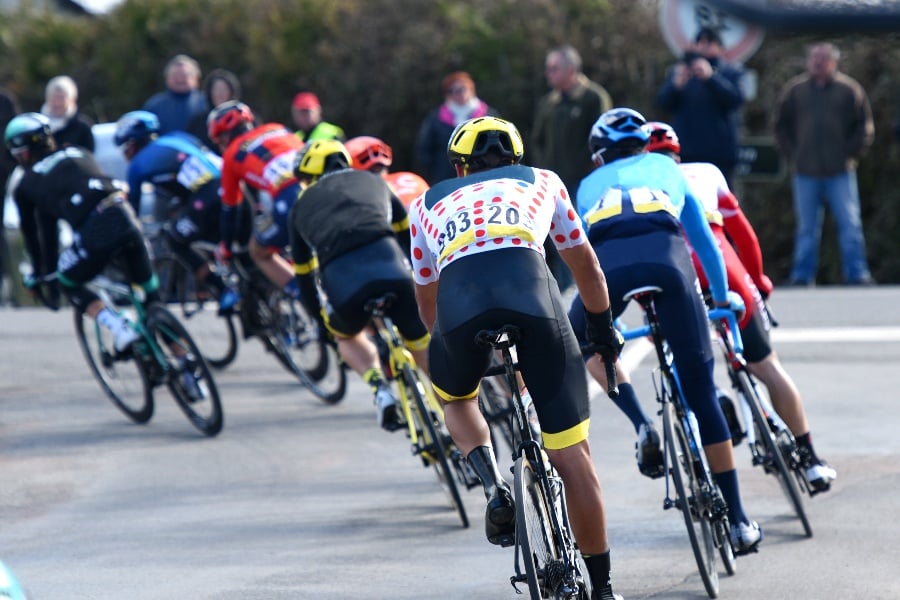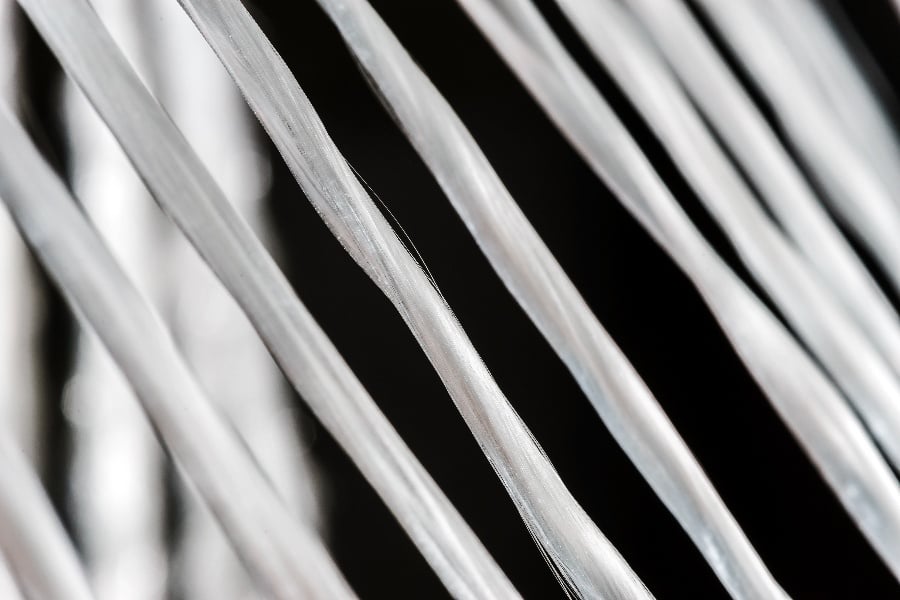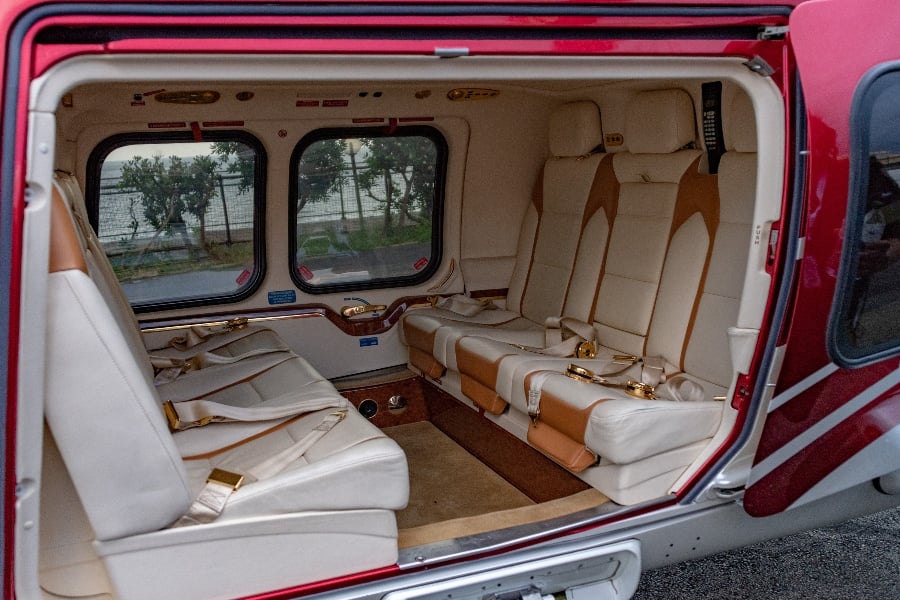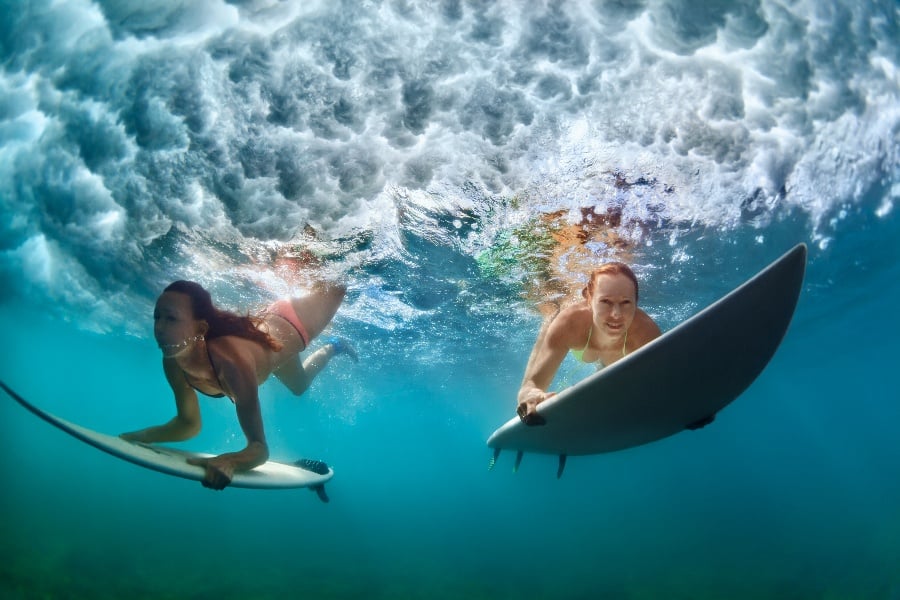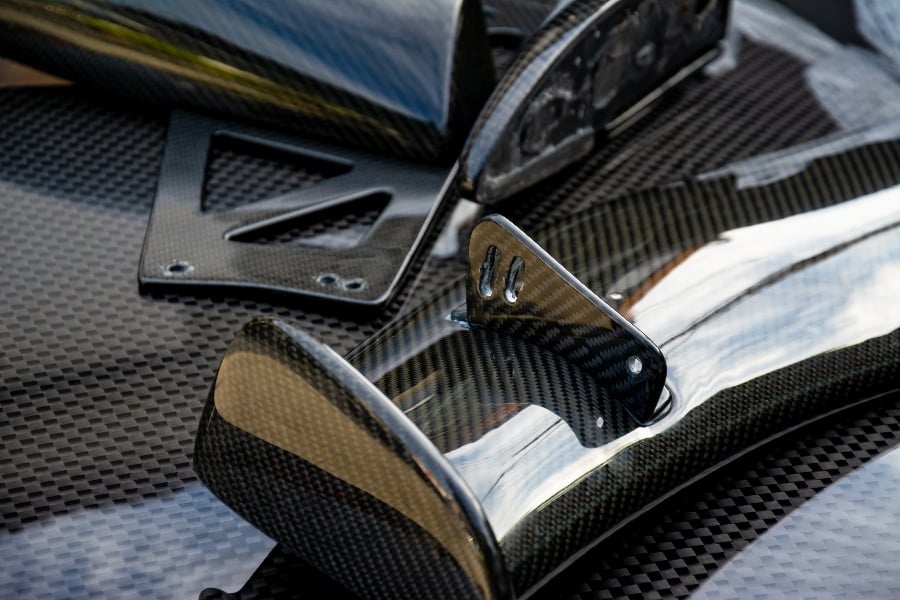When it comes to sporting goods, Fiber Reinforced Polymer (FRP) composite materials are all the market.
From tennis rackets to tents and everything in-between, you can find fiberglass and carbon fiber products at almost every sporting goods store.
However, for professional cyclists, things are much more personal. In this post, we will look at FRP composite usage in wearables and cycling.
Making It to Tour de France
One of the most popular cycling competitions in the world is the Tour de France. This annual men’s cycling race occurs in 21 stages over the course of 23 days. It’s an epic adventure that many athletes only dream of taking. Covering over 2,200 miles (3,500 km) of ground, these cyclists train all year long to be in tip-top shape to compete. It should go without saying that their bicycles and wearables should be top-notch.
The Tour de France is a sporting event, and if there’s one thing that almost certainly happens at any event of this kind, it’s accidents. Hitting speeds of up to 60 mph, these cyclists train all year round to ensure that they have the stamina and energy for the competition. A crash at speeds like that can cause severe injuries. If you’ve ever ridden a bicycle, then you already know just how badly a skinned knee hurts. This is where FRP composites come into play.
Using lightweight thermoplastic fibers, a new FRP composite-infused jersey has been created for professional cyclists competing in the Tour de France. Designed to protect against abrasions at speeds of up to 60 mph, this new fabric is a godsend. During testing, the material even displayed its protective abilities at higher speeds by reducing the severity of open wounds that result from crashing.
Furthermore, this FRP composite-infused jersey is surprisingly breathable. Cycling burns a lot of calories. If you’ve ever participated in a spin class, then you know just how much one person can sweat on a bicycle. This new FRP composite wearable allows moisture to travel through the fibers to the surface of the jersey. This keeps the cyclist comfortable and doesn’t weigh him/her down.
This high-performance fiber is about 15 times stronger than steel, but it’s incredibly lightweight. Although it may sound like something from a science fiction film, it is very real. Some professional cyclists have been using it since 2019.
Making Waves in Big Cities
Professional cyclists aren’t the only ones who can benefit from FRP composite applications. Recently a new ultralight hybrid bicycle has been heating up the market leaving urban dwellers in awe. Known as the Eeyo 1, this electric bike only weighs 27.5 pounds. That’s about half of what a typical bicycle weighs.
Why is this important? For folks who live in a big city and heavily rely on bicycles for transportation, the Eeyo 1 is a game-changer. As an ultralight model, it can be easily picked up and carried onto a bus or subway car.
Built out of Kevlar-reinforced carbon fiber, it doesn’t have a tube seat. An electric motor known as the Smartwheel works with a battery and sensors to provide extra power to the ebike. In other words, residents of San Francisco won’t have to tear a calf muscle trying to get up a steep hill.
Ideal for commuting, it can travel for up 40 miles in Sport Mode and 55 miles in Eco Mode. With a top speed of 19 mph, it won’t win the Tour de France. However, it will help people get to work on time.
Taking things a step further, there is also the Eeyo 1S ebike. This one is even lighter, weighing only 26.4 pounds. The few alloy components that were left on the Eeyo 1 have been replaced with FRP composite products. These include the handlebars, rims, and seat post.
FRP Composite Wearables
The beauty of pultrusion is that one can create a wide range of FRP composite products including wearables for sports. Helmets are a great example. They can be manufactured using carbon fiber, which makes them extremely durable and resistant to impact. Although FRP composite helmets are expensive, they are well worth the money to be safe.
Another example of FRP composite wearables is running shoes. Designed to be lightweight and help athletes reach faster speeds, FRP composite running shoes can help competitors gain an edge in marathons. There are several companies that now produce shoes with carbon fiber plates hidden in the midsole. This boosts the heel height, maximizes the energy produced during takeoff, and provides better stability throughout the duration of the race. Weighing 7 and 10 ounces, these shoes won’t weigh the runner down either.
Our Process
Here at Tencom, we have perfected the pultrusion process to create high-performance FRP composite profiles. We prefer to work with fiberglass. First, we take bundles of fiber rovings and pull them through a liquid resin bath.
During this initial stage of the process, we can add specialty resins to improve the product’s overall strength of resistance to heat/fire. We can also add pigments to achieve certain colors. Once that is done, the piece is pulled into a mold and cured. The result is a durable fiberglass profile that will last for decades with little to no maintenance.
In the realm of sporting goods, we make various fiberglass products for different types of equipment. Biking, water sports, winter sports, racquet sports, and golfing are just a few of the sports that we can make products for.
Since fiberglass is non-conductive and resistant to moisture, UV rays, and heat, these products will last for a very long time. You don’t have to worry if you forget your FRP composite bike or golf clubs out in the rain. If steel and aluminum sporting goods could think, they’d dream of being FRP composites. Rust, corrosion, rot, warping, and all other types of damage are things of the past now.
If you would like to request a quote or learn more about our FRP composite products, don’t hesitate to get in touch with our experts today.

